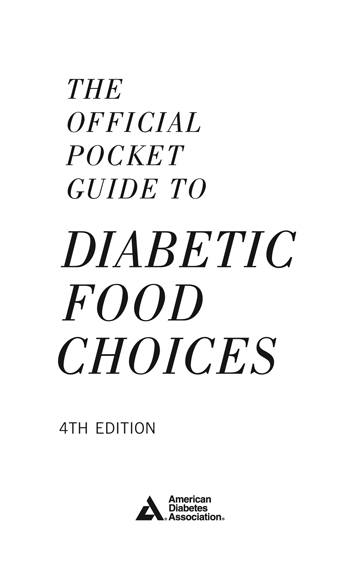
Director, Book Publishing, Abe Ogden; Managing Editor, Greg Guthrie; Acquisitions Editor, Victor Van Beuren; Production Manager and Composition, Melissa Sprott; Cover Design, Design Literate; Printer, United Graphics.
2015 by the American Diabetes Association, Inc. All Rights Reserved. No part of this publication may be reproduced or transmitted in any form or by any means, electronic or mechanical, including duplication, recording, or any information storage and retrieval system, without the prior written permission of the American Diabetes Association.
Printed in the United States of America
1 3 5 7 9 10 8 6 4 2
The suggestions and information contained in this publication are generally consistent with the Standards of Medical Care in Diabetes and other policies of the American Diabetes Association, but they do not represent the policy or position of the Association or any of its boards or committees. Reasonable steps have been taken to ensure the accuracy of the information presented. However, the American Diabetes Association cannot ensure the safety or efficacy of any product or service described in this publication. Individuals are advised to consult a physician or other appropriate health care professional before undertaking any diet or exercise program or taking any medication referred to in this publication. Professionals must use and apply their own professional judgment, experience, and training and should not rely solely on the information contained in this publication before prescribing any diet, exercise, or medication. The American Diabetes Associationits officers, directors, employees, volunteers, and membersassumes no responsibility or liability for personal or other injury, loss, or damage that may result from the suggestions or information in this publication.
 The paper in this publication meets the requirements of the ANSI Standard Z39.48-1992 (permanence of paper).
The paper in this publication meets the requirements of the ANSI Standard Z39.48-1992 (permanence of paper).
ADA titles may be purchased for business or promotional use or for special sales. To purchase more than 50 copies of this book at a discount, or for custom editions of this book with your logo, contact the American Diabetes Association at the address below or at booksales@diabetes.org.
American Diabetes Association
1701 North Beauregard Street
Alexandria, Virginia 22311
DOI: 10.2337/9781580405980
Library of Congress Cataloging-in-Publication Data
The official pocket guide to diabetic food choices / American Diabetes Association. -- 4th ed.
pages cm
Summary: This booklet can help you choose healthy foods in appropriate portion sizes to keep your blood glucose (blood sugar) levels within your target range-- Provided by publisher.
Includes bibliographical references and index.
ISBN 978-1-58040-598-0 (paperback)
1. Food exchange lists. 2. Diabetes--Diet therapy. I. American Diabetes Association.
RC662.O43 2015
616.4620654--dc23
2015004460
eISBN: 978-1-58040-635-2
Contents
You do not need special foods. In fact, the foods that are good for everyone are good for you. This booklet can help you choose healthy foods in appropriate portion sizes to keep your blood glucose (blood sugar) levels within your target range. It can also help you manage your weight if you are careful with the fat from both the lists.
This booklet categorizes the foods you eat into these three major nutrients: carbohydrate, protein, and fat. These nutrients are found in the food you eat and supply your body with energy (measured in calories). When you eat food, especially carbohydrates, it is turned into glucose. Glucose is the energy source for the cells in your body. Your body needs insulin to use this energy. Insulin is made in the pancreas. If you have diabetes, either your pancreas is no longer making insulin or your body is resistant to the insulin. In either case, your blood glucose levels can get too high.
You can make a difference in your blood glucose control through your food choices. The goal is to get your blood glucose levels near normal. To achieve this goal, you need to balance the food you eat and your physical activity with the insulin your body makes or receives through injection. By monitoring your blood glucose youll have the information to help you with this balancing act. Having near-normal blood glucose levels help you feel better and may reduce or prevent the complications of diabetes.
It is helpful for most people with diabetes to eat about the same amount of carbohydrate at the same time each day. However, if you take multiple daily injections of insulin to control your blood glucose levels, you have more freedom to choose your foods and mealtimes. Regardless of how you manage your diabetes, spread your meals throughout the day and try not to skip meals or snacks. Skipping meals and snacks may lead to low blood glucose levels and may make it harder to control your appetite.
Planning Healthy Meals
Good health depends on eating a variety of foods that contain carbohydrate, protein, fat, vitamins, minerals, fiber, and water. For teenagers and adults, a daily eating plan includes:
at least 6 servings of nonstarchy vegetables and fruits
at least 6 servings of grains, beans, and starchy vegetables (with at least 3 of them as whole grains)
at least 2 servings of low-fat or fat-free milk and milk substitutes
6 oz or less of lower-fat proteins
small amounts of fats and sugars
In your eating plan, the actual amounts from each food group will depend on the number of calories you need, which in turn depends on your sex, weight, age, and activity level. Together with your registered dietitian nutritionist (RDN), you can work out an eating plan to get the right balance of food, medication, and physical activity.
When planning your meals, begin with the amount of food you normally eat and your food preferences (including your favorite family recipes), and then adjust these amounts and foods to meet your goal of weight gain, loss, or maintenance. The food lists in this booklet provide you with a variety of choices to help you plan your meals. Some of the serving amounts may be smaller than what you are used to, but you can often eat more than 1 choice in a meal. You just need to keep track of how many choices you have at each meal or snack. Your RDN can help you learn how to choose your foods using these food lists and even how to add your favorite foods to these lists.
How This Book Works with Eating Plans
There are three main groups of foods in this booklet. They are based on the three major nutrients: carbohydrate, protein, and fat. Each food list contains foods grouped together because they have similar nutrient content and serving sizes. Each serving of a food has about the same amount of carbohydrate, protein, fat, and calories as the other foods on the same list.
Foods on the list are similar because they contain 12 to 15 grams of carbohydrate per choice.
Foods on the list and including foods such as potatoes, corn, and peas) contain 15 grams of carbohydrate per choice.
Foods on the list (such as green beans, tomatoes, and carrots) contain 5 grams of carbohydrate per choice.
Foods on the lists usually do not have carbohydrate (except for plant-based protein foods such as beans and lentils).
Some foods, because they have so little carbohydrate and calories, are considered free if eaten in small amounts. You can find these foods on the list.
Foods that have different amounts of carbohydrates and calories are listed as .
The Food List
Next page
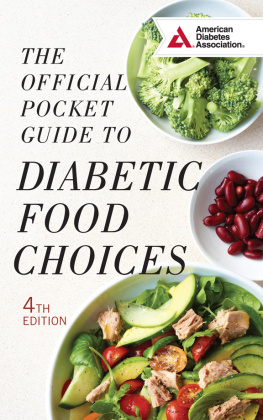
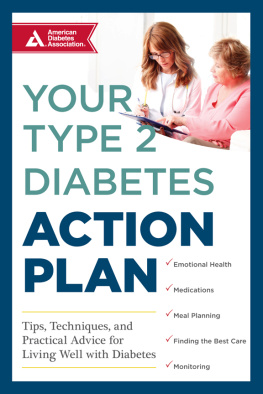
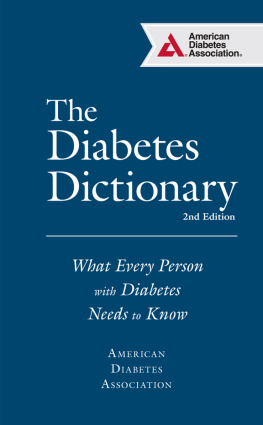
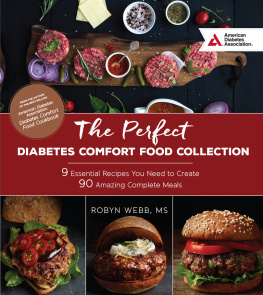
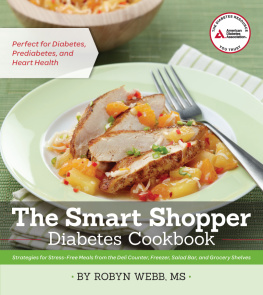
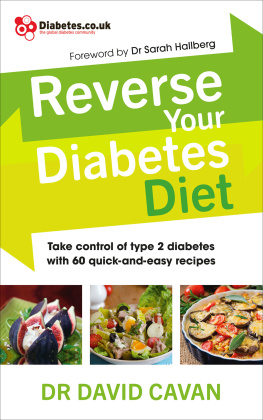
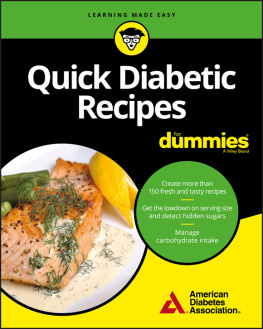
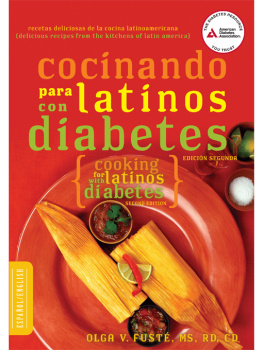


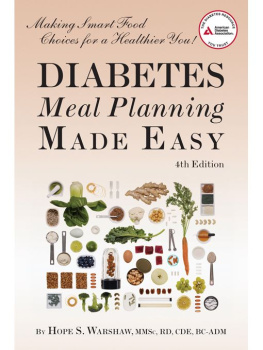
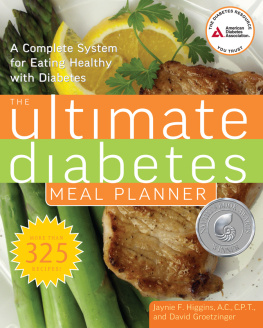
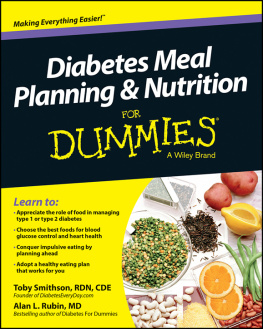


 The paper in this publication meets the requirements of the ANSI Standard Z39.48-1992 (permanence of paper).
The paper in this publication meets the requirements of the ANSI Standard Z39.48-1992 (permanence of paper).